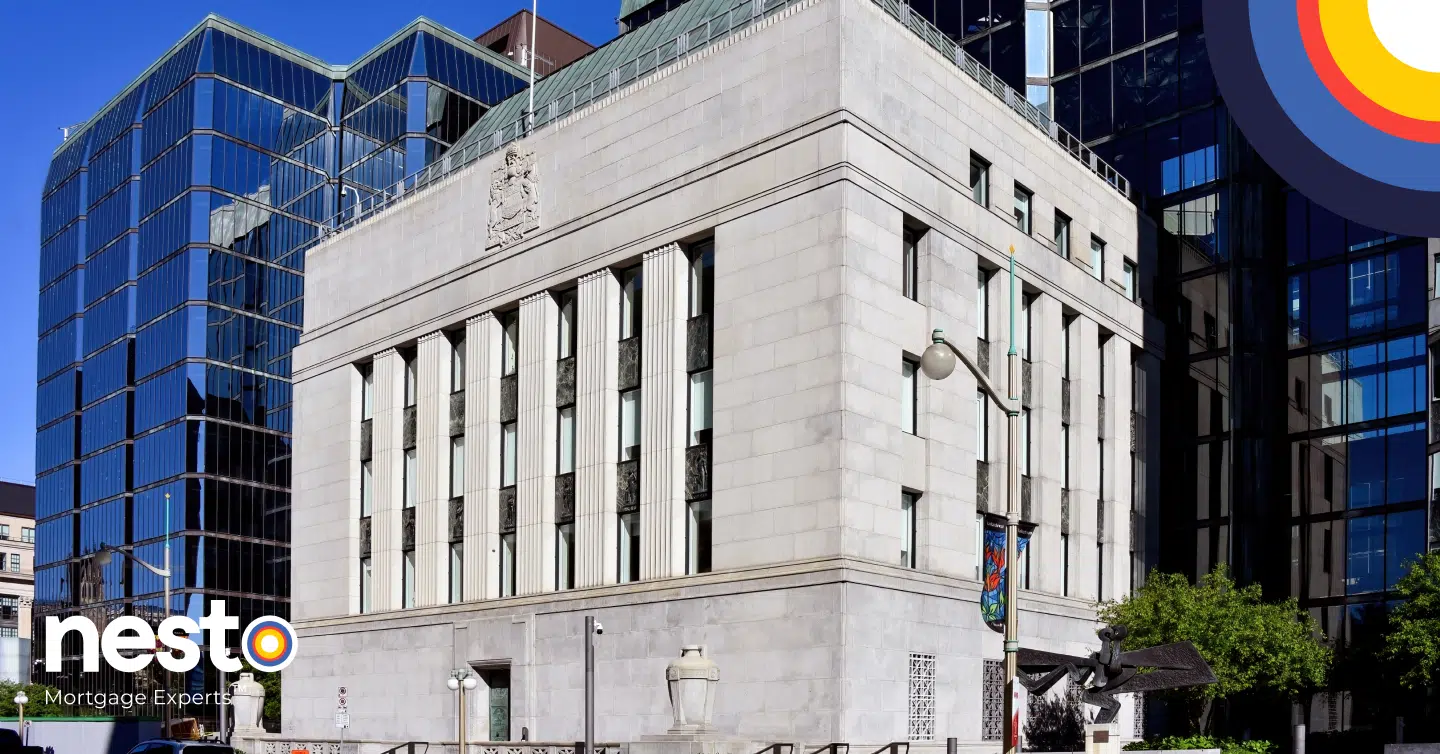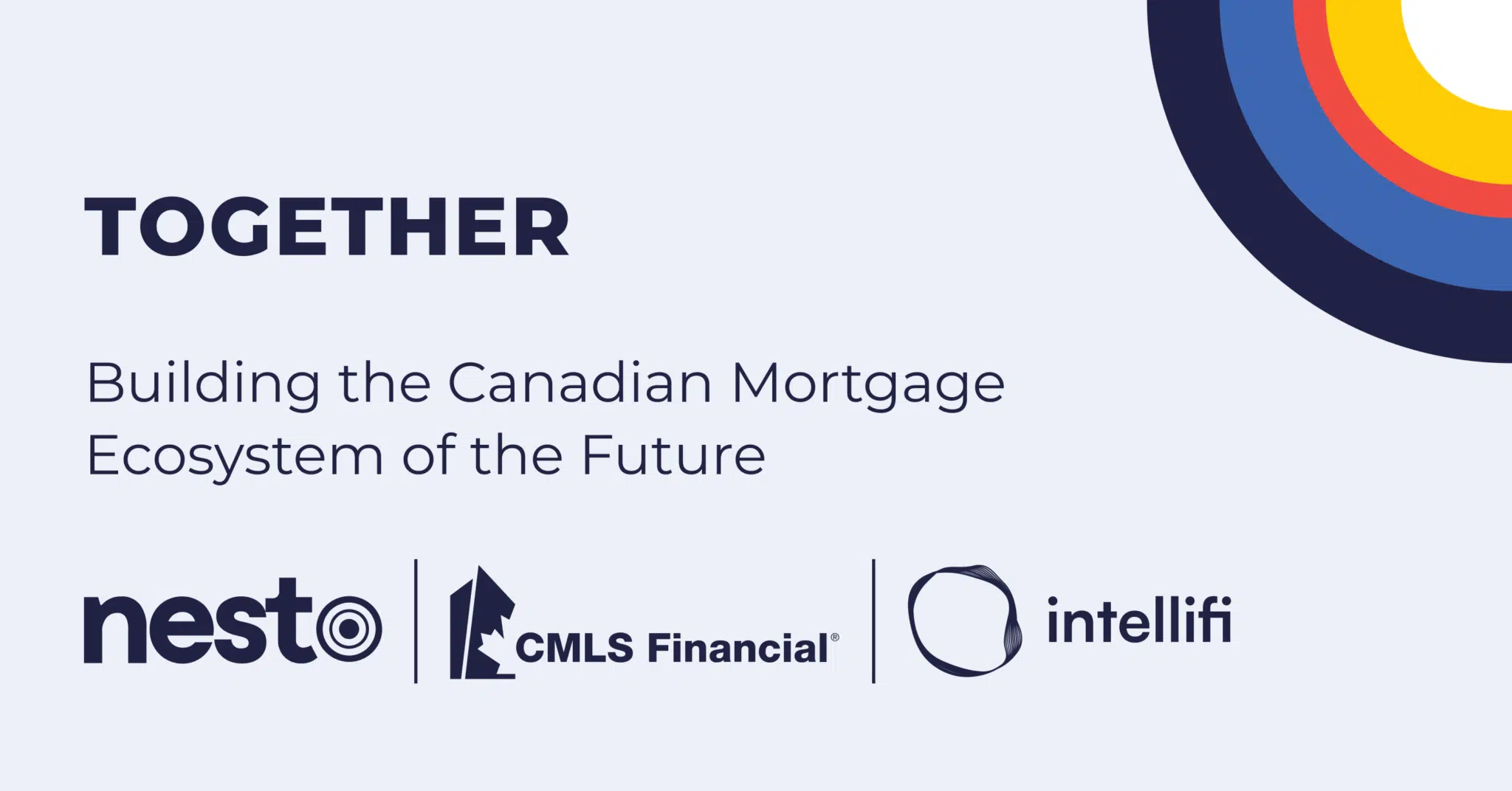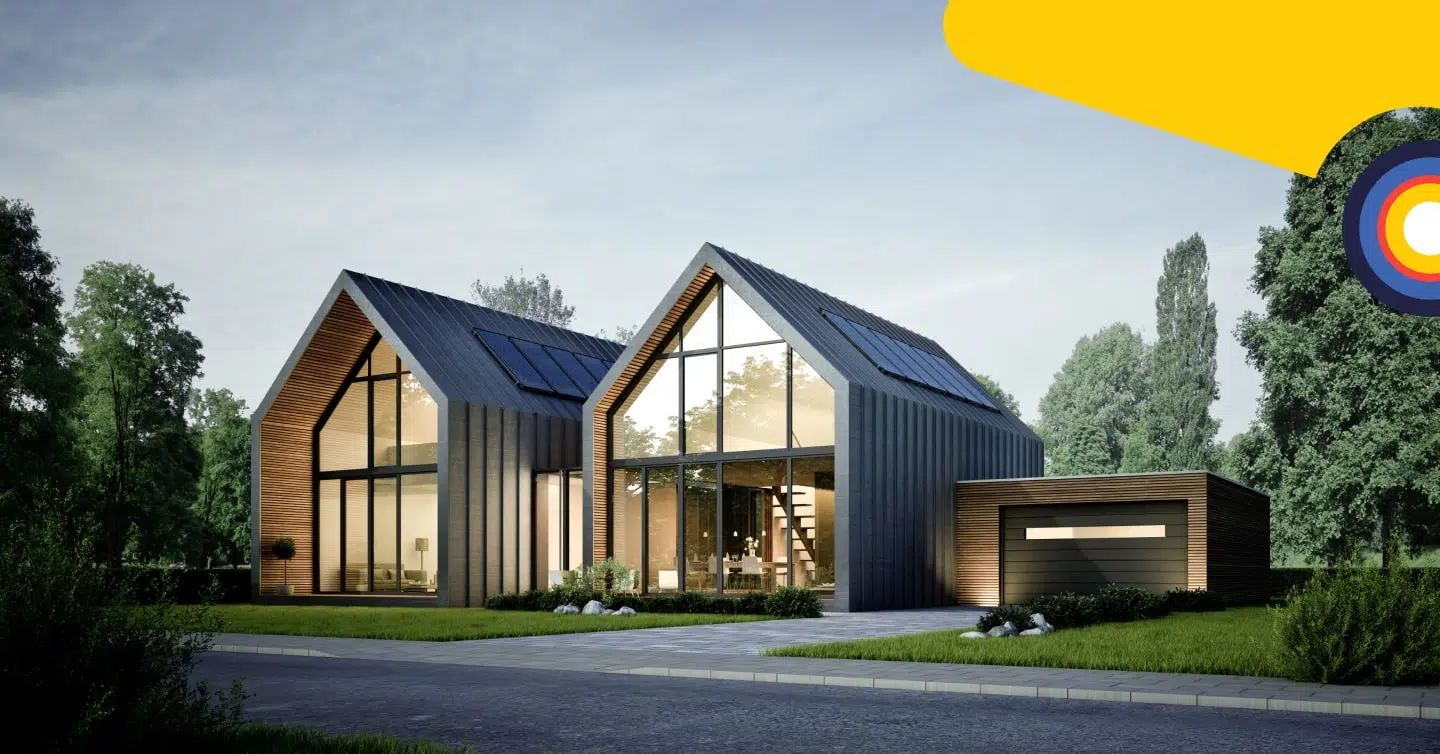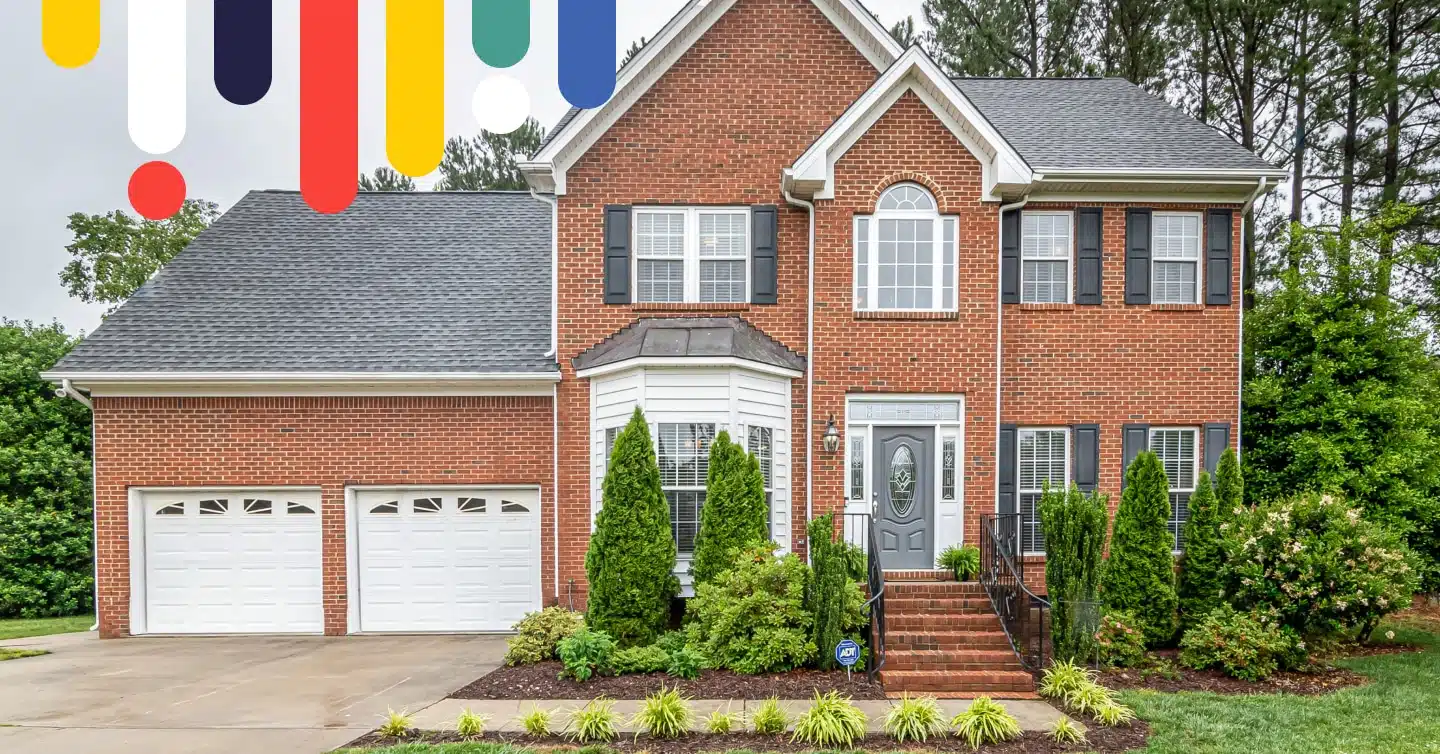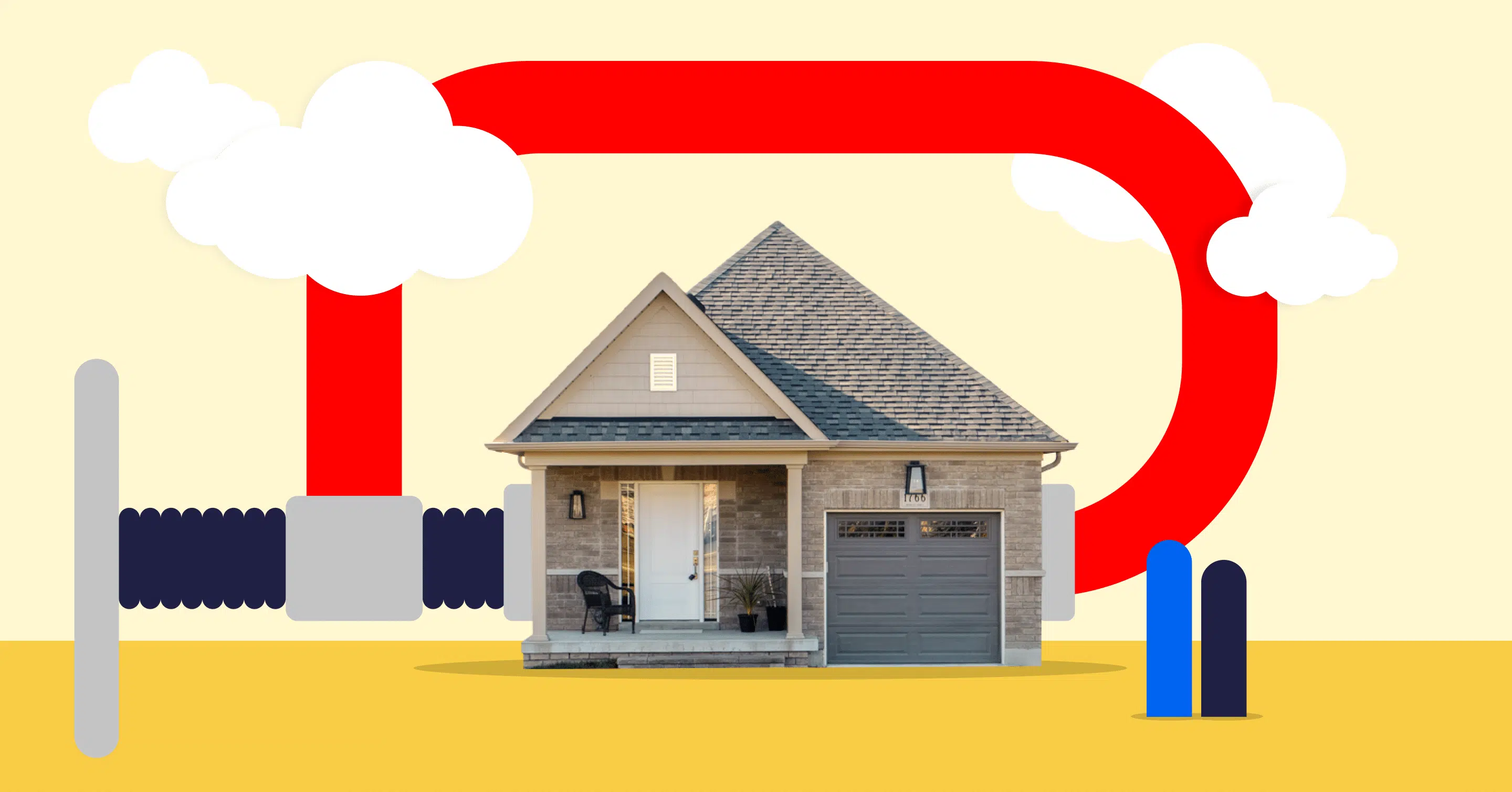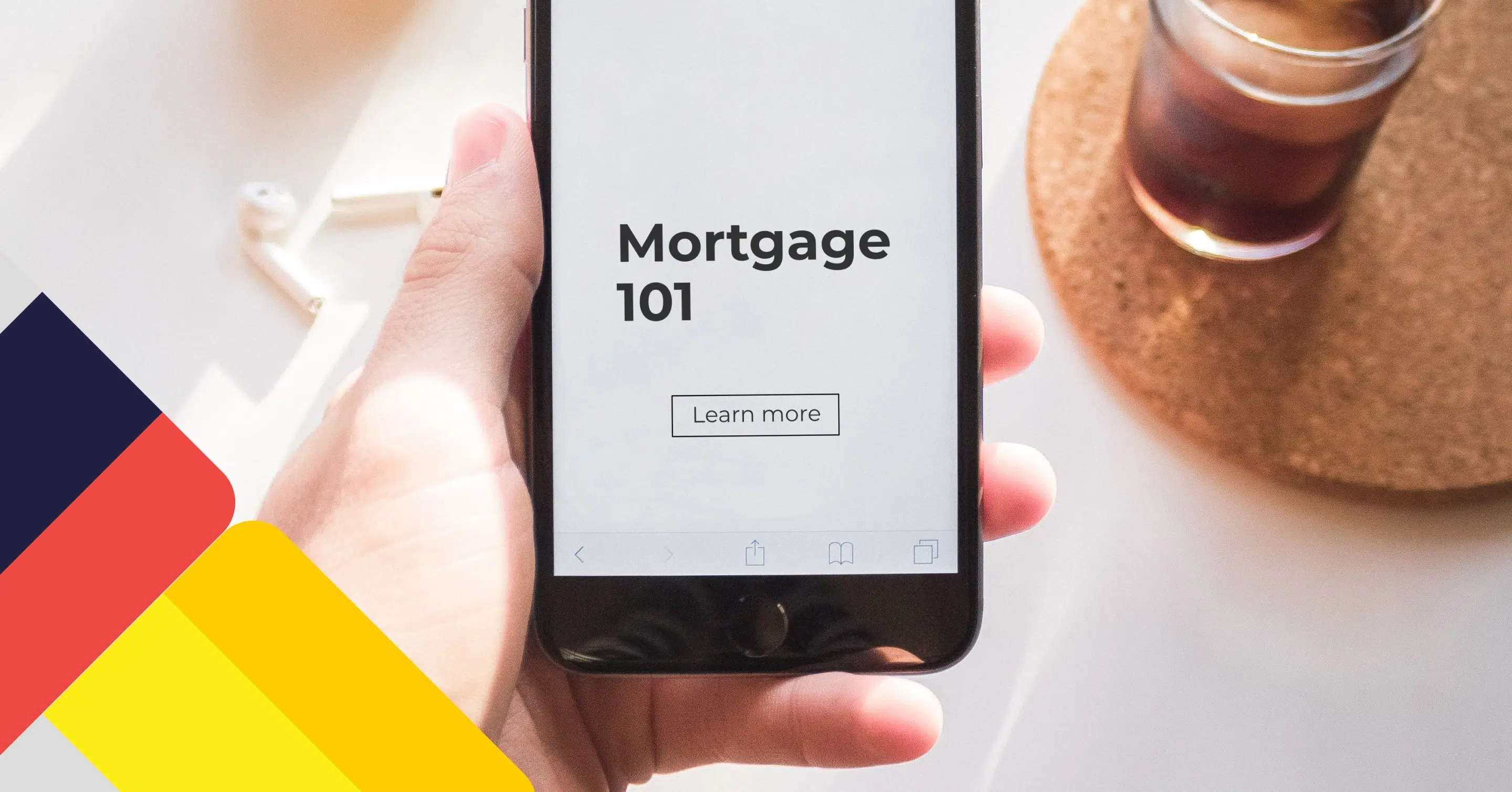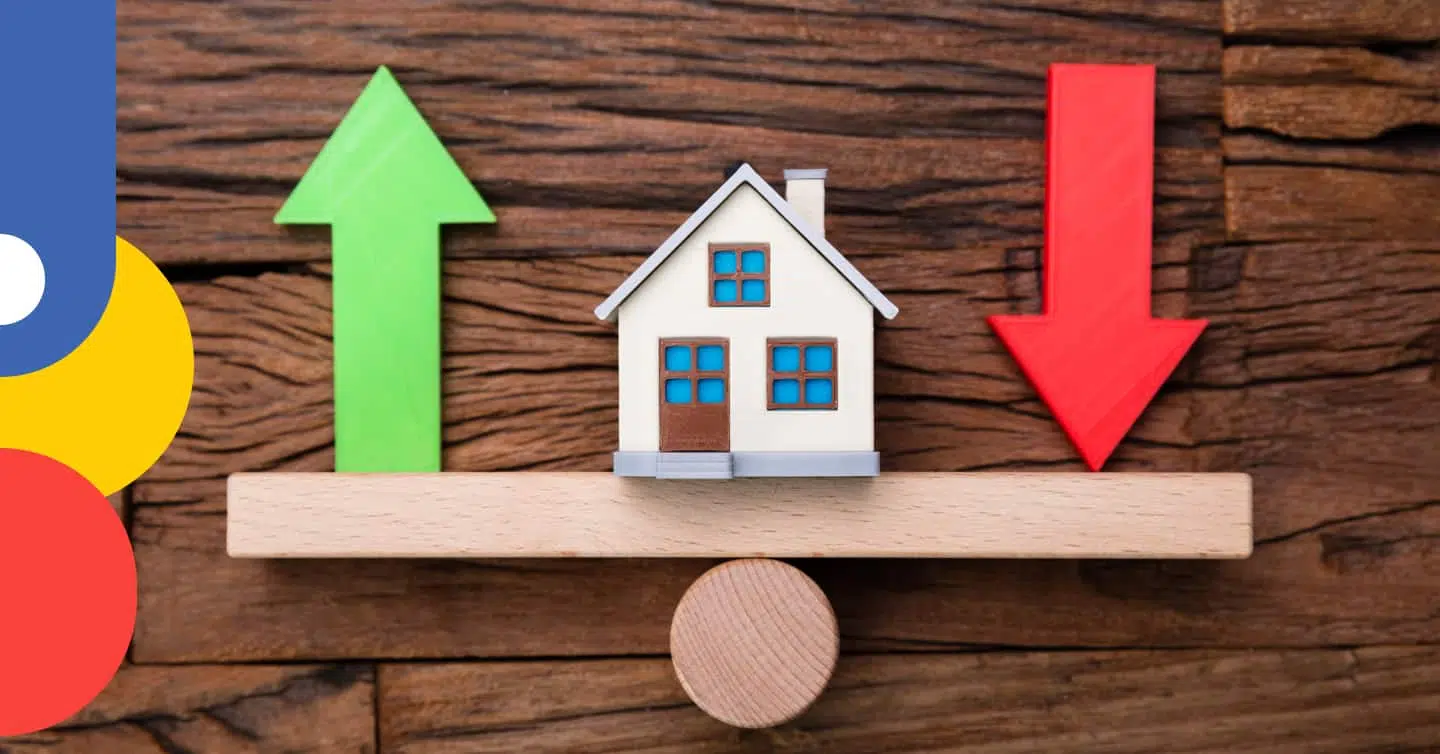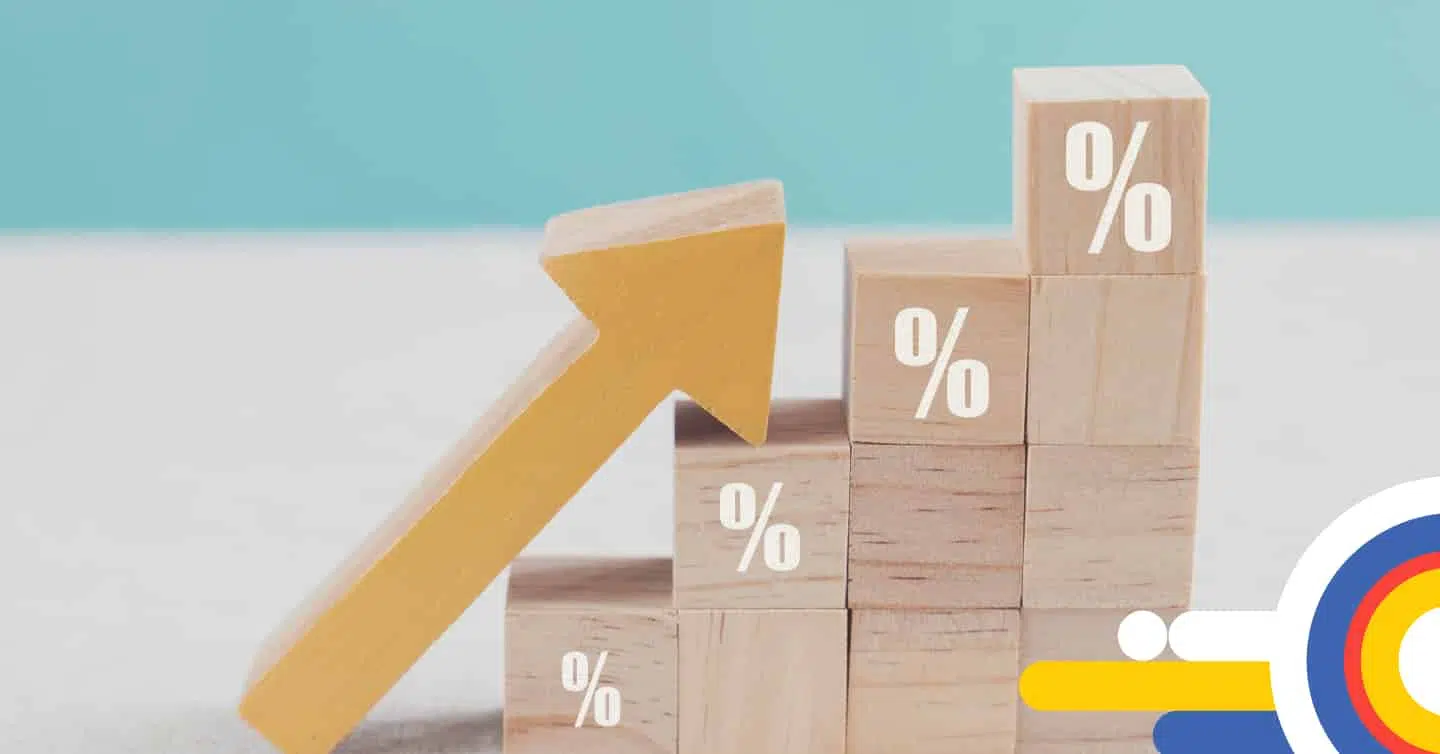Hamilton Housing Market Outlook 2025
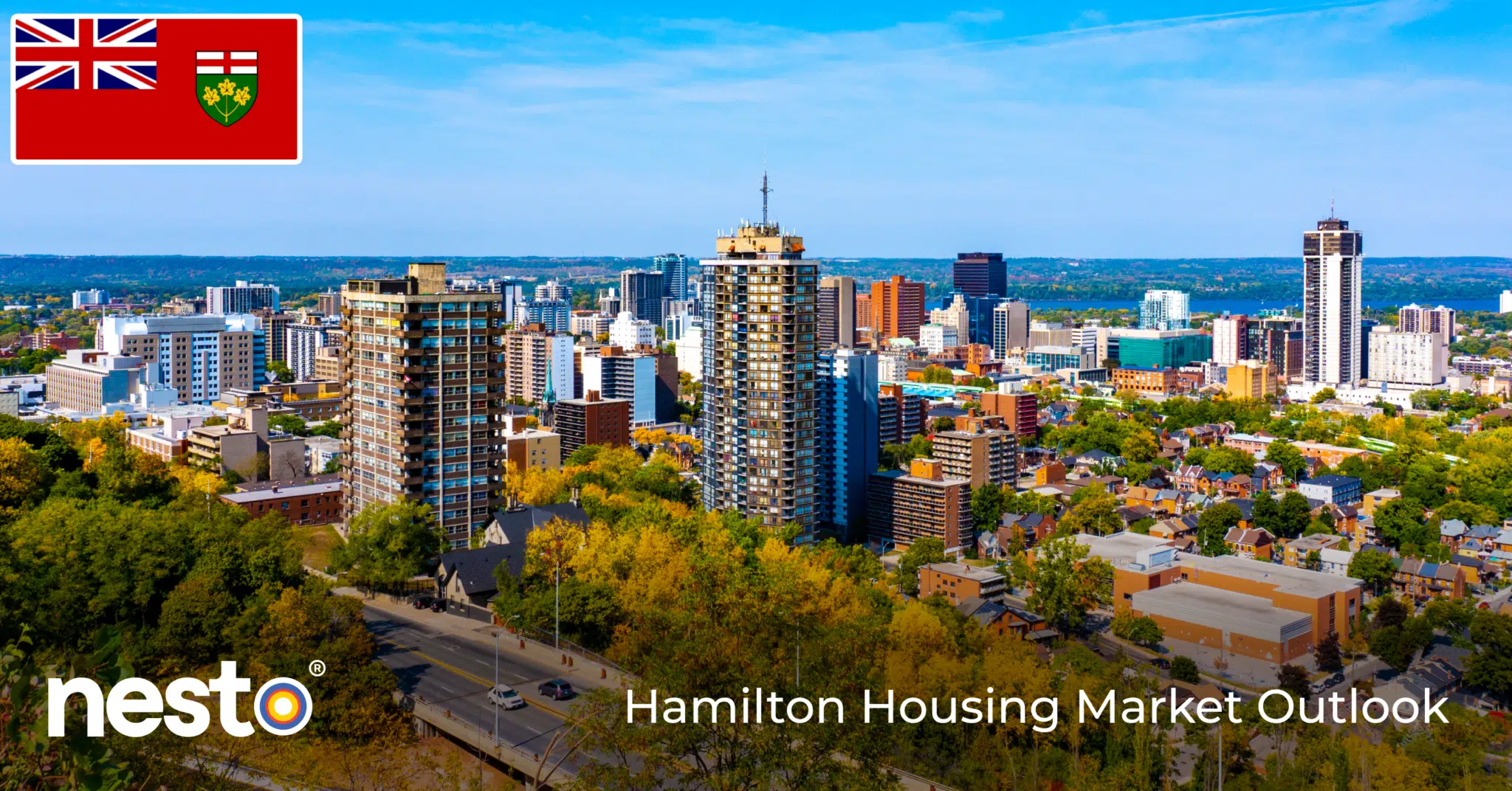
Table of contents
Hamilton Market Report Summary
- The average selling price of a home in Hamilton decreased by 9.8% year-over-year to $783,100 in May 2025.
- The average selling price of a single-family home in Hamilton decreased by 7.2% year-over-year to $873,200 in May 2025.
- The average selling price of a townhouse/multiplex in Hamilton decreased by 6.7% year-over-year to $681,500 in May 2025.
- The average selling price of a condo in Hamilton decreased by 6.8% year-over-year to $505,600 in May 2025.
- The average rent in Hamilton unchanged by 0.0% year-over-year to $2,065 for May 2025.
- July 12, 2025: Today’s lowest mortgage rate in Hamilton is
for a 5-year fixed.
Composite Home Prices
![]()
The average selling price of a home in Hamilton was $783,100 for the month of May 2025, that’s decreased by 2.3% compared to the previous month. On a year-over-year basis, Hamilton home prices have decreased 9.8% over the last 12 months.
Single-family Home Prices
![]()
The average selling price of a single-family home in Hamilton was $873,200 for the month of May 2025, that’s decreased by 3.0% compared to the previous month. On a year-over-year basis, single-family home prices in Hamilton have decreased by 7.2% over the last 12 months.
Townhouse and Multiplex Prices
![]()
The average selling price of a townhouse in Hamilton was $681,500 for the month of May 2025, that’s decreased by 1.0% compared to the previous month. On a year-over-year basis, the price of a townhouse in Hamilton has decreased by 6.7% over the last 12 months.
Condo Prices
![]()
The average selling price of a condo in Hamilton was $505,600 for the month of May 2025, that’s decreased by 1.8% compared to the previous month. On a year-over-year basis, the price of a condo in Hamilton has decreased 6.8% over the last 12 months.
We’re curious…
Hamilton Housing Market Summary
Data from the Realtors Association of Hamilton and Burlington (RAHB) indicates that the average price of resale residential homes sold across Hamilton in May 2025 was $783,100, and it decreased of 9.8% compared to a year ago.
RAHB also reported a sales-to-new-listings ratio (SNLR) of 39%, indicating a buyers market in Hamilton for May 2025.
Hamilton Home Prices Slip Further as Sales Remain Well Below Seasonal Norms
According to the Realtors Association of Hamilton-Burlington (RAHB), the Hamilton-Burlington region’s housing market saw a modest improvement in May 2025, with 908 residential units sold across Hamilton, Burlington, Haldimand County, and Niagara North, representing a 13% increase over April. But year-over-year, sales were still down 14%, and completely 37% below Hamilton’s typical May activity levels, reflecting ongoing caution among buyers amid high interest rates and economic uncertainty.
In the city of Hamilton alone, 568 homes were sold, representing an 11% increase from the previous month but a decrease of over 13% from May 2024. All major property types experienced annual declines in sales, led by semi-detached homes (down 34%) and apartments (down 21%). Detached and row house sales dropped by 10% and 13% respectively.
Inventory Builds as Buyers Remain on the Sidelines
New listings in Hamilton rose slightly year-over-year to 1,449, keeping the sales-to-new listings ratio (SNLR) at a low 39%. Active inventory across the region reached 2,356 units, representing a nearly 28% annual increase. Months of supply (inventory) climbed to 4.1, a level not seen in May since 1998. Buyers now have more selection and negotiating power, but remain hesitant to act amid concerns about macroeconomic conditions and uncertainty surrounding future rate cuts.
● May 2025 Hamilton home sales: 568 (–13.1% YoY)
● Average price: $777,786 (–4.5% YoY)
● Median price: $715,000 (–4.8% YoY)
● New listings: 1,449 (+0.6% YoY)
● Inventory: 2,356 (+27.8% YoY)
● Months of supply: 4.1 (+47.2% YoY)
● Average days on market: 31 (+35.7% YoY)
Home Prices Drop Across the Hamilton Region
The benchmark price across all property types in the Hamilton region stood at $783,100 in May, down nearly 10% from the same time last year. In Hamilton proper, the average detached home sold for $850,635, a 6% decline. Semi-detached homes were one of the few bright spots, with a slight price increase of 2.5%. Row and apartment-style homes posted price declines of 3.8% and 9.9%, respectively.
Apartments now have over 7 months of inventory (MOI), indicating a buyer’s market. Prices in this segment fell the most year-over-year, with the median price for condos dropping to $403,500 (–10.3%).
Conditions Vary Widely by District
Hamilton East and Dundas reported the tightest market conditions, each with less than three months of supply (inventory). Meanwhile, Hamilton Centre, Hamilton West, Flamborough and Stoney Creek posted over five months of inventory, with buyers holding a clear advantage. Benchmark prices declined across all areas, with the steepest decreases in Ancaster (–21.9%) and Waterdown (–10.3%).
Home Sales Remain Muted Across Price Ranges
The highest concentration of sales in Hamilton occurred in the $600,000 to $799,999 price range, while activity above $1 million remained subdued. Compared to earlier years, homes in this segment are staying on the market longer and drawing fewer competing offers, even in popular family neighbourhoods.
Impact on Mortgages and Monetary Policy
Hamilton’s housing market, like many across Ontario, is still in reset mode. The sharp rise in inventory and persistent weakness in sales suggest price softness could continue unless confidence returns. For the Bank of Canada, Hamilton’s current conditions support the case for gradual easing later this year. For homebuyers in Hamilton, the balance has shifted in their favour, especially for condos and detached homes over $800,000. Renewers should prepare for higher monthly payments, despite modest equity growth, while refinancers may need to adjust their expectations depending on where their property falls within the city’s pricing spectrum.
Month-over-Month Market Expectations for Hamilton
Transactions – Number of Sales
![]()
The number of sales in Hamilton was 908 during May 2025, that’s increased by 12.8% compared to the previous month. On a year-over-year basis, sales in Hamilton have decreased by 12.0% over the last 12 months.
New Listings
![]()
The number of new listings in Hamilton was 2,319 during May 2025, that’s increased by 13.5% compared to the previous month. On a year-over-year basis, new listings in Hamilton have increased by 2.4% over the last 12 months.
Real Estate Market
![]()
The sales to new listings ratio (SNLR) in Hamilton was 39% during May 2025, indicating a buyers market. On a monthly basis, that’s decreased by 0.6% compared to the previous month. Hamilton’s yearly sales to new listings ratio has decreased by 14.1% over the last 12 months.
The sales to new listings ratio (SNLR) measures the number of home sales compared to new listings. An SNLR under 40% suggests a buyer’s market in which buyers have the upper hand and more negotiating power. An SNLR between 40% and 60% is a balanced market, while an SNLR of over 60% is considered a seller’s market.
Annual Changes to Composite Home Prices in Hamilton
We’re curious…
Hamilton Market Rents Summary
The average rent in Hamilton was $2,065 for the month of May 2025, which unchanged by 0.0% on a year-over-year basis.
The average rent for a bachelor apartment in Hamilton was $0 for the month of May 2025, which 0 by 0% on a year-over-year basis.
The average rent for a 1-bedroom apartment in Hamilton was $1,824 for the month of May 2025, which increased by 1.0% on a year-over-year basis.
The average rent for a 2-bedroom apartment in Hamilton was $2,105 for the month of May 2025, which decreased by 3.0% on a year-over-year basis.
The average rent for a 3-bedroom apartment in Hamilton was $1,824 for the month of May 2025, which decreased by 3.0% on a year-over-year basis.
How Does Renting Compare with Homeownership in Hamilton?
Each $100,000 in mortgage balance costs an average of $521.15 per month on nesto’s lowest fixed 5-year rate at
Rates used for calculation are those offered on insured purchases with less than a 20% downpayment on a 25-year amortization. Canada’s policy rate is 2.75%, and nesto’s prime rate is set to 4.95%.
Rental Price Changes by City
Rental Price Changes by Province
Rental Price Growth by Housing Type
We’re curious…
Frequently Asked Questions on Hamilton Housing Market Outlook for 2025
Will Hamilton home prices go up in 2025?
Hamilton’s home prices are expected to grow modestly in 2025 due to its proximity to Toronto and the ongoing demand for more affordable housing alternatives in the GTA.
Is Hamilton still affordable compared to Toronto in 2025?
Hamilton remains a more affordable option than Toronto, making it popular among buyers seeking better value. Suburban living and lower housing costs continue to attract first-time buyers.
How will mortgage rates affect Hamilton’s housing market in 2025?
Lower mortgage rates will bring buyers back into the market, increasing competition for single-family homes and townhouses.
What will influence Hamilton’s housing prices in 2025?
Key influences include its role as a GTA alternative, increased interest in suburban housing, and demand for new housing developments.
Is Hamilton a good place to invest in 2025?
Hamilton offers strong investment potential due to its affordability, population growth, and proximity to Toronto, driving consistent demand.
Why Choose nesto
At nesto, our commission-free mortgage experts, certified in multiple provinces, provide exceptional advice and service that exceeds industry standards. Our mortgage experts are non-commissioned, salaried employees who provide impartial guidance on mortgage options tailored to your needs and are evaluated based on client satisfaction and advice quality. nesto aims to transform the mortgage industry by providing honest advice and competitive rates using a 100% fully digital, transparent, seamless process.
nesto is on a mission to offer a positive, empowering and transparent property financing experience – simplified from start to finish.
Contact our licensed and knowledgeable mortgage experts to find your best mortgage rate in Canada.
Ready to get started?
In just a few clicks, you can see our current rates. Then apply for your mortgage online in minutes!


